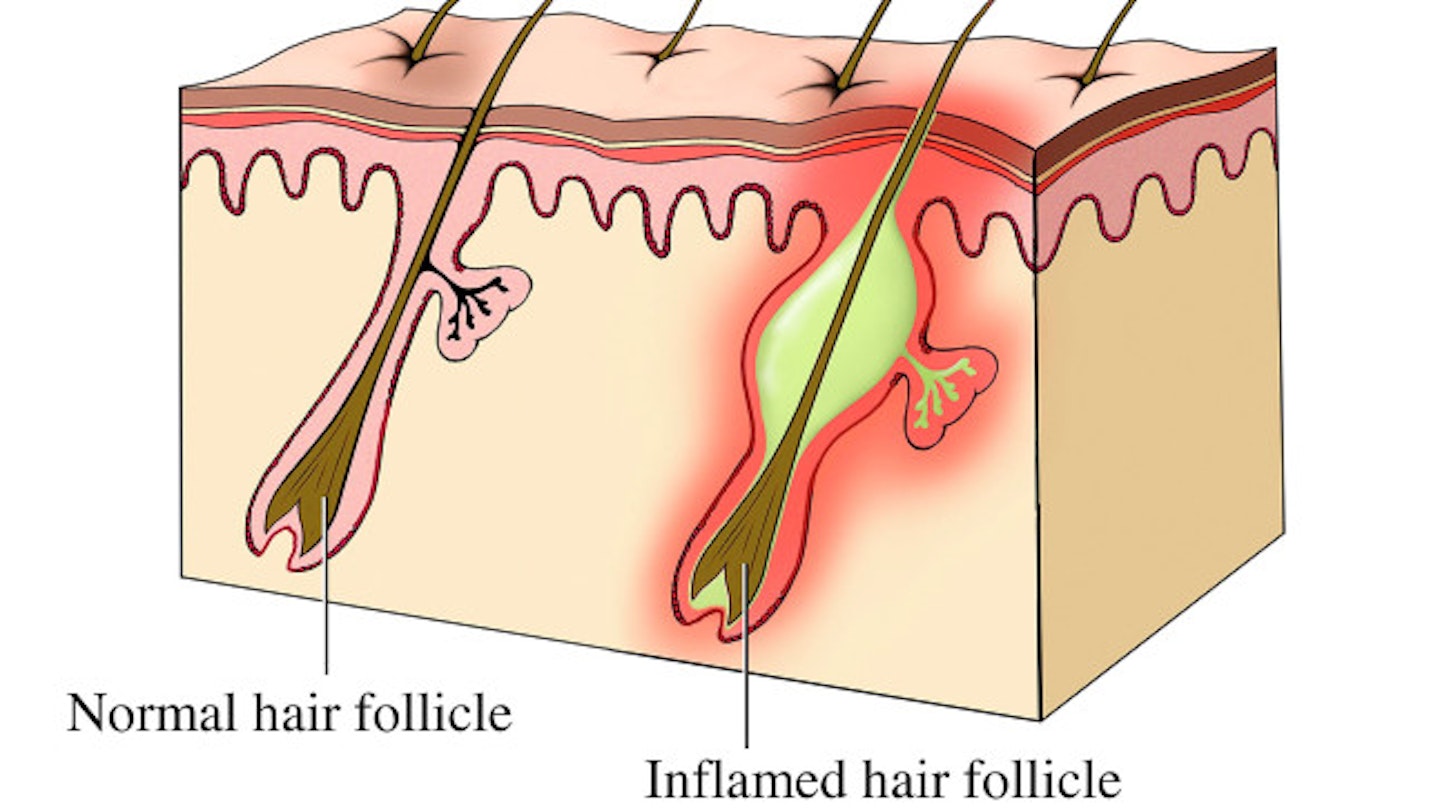What is acne?
"Acne is a disorder of the pilosebaceous unit in the skin. There can often be deep, tender, inflammatory lesions concentrated along the lower half of the face, jawline, chin and neck."
What causes acne?
"Excess sebum is produced and a disorder of the hair follicle cell lining develops. Blockage of the follicle can result in blackheads, whiteheads, inflammation and scarring.
Women with a high presence of steroid based hormones s are more likely to have acne, due to increased size of their sebaceous glands in addition to increased sebum production.
The increasing trend in women over 25 suffering from acne could be down to a change in lifestyle, stress, pollution or the menstrual cycle."
How can you treat it?
1.Topical preparations
"A number of topical therapies are available, including those containing benzoyl peroxide, antibiotics (e.g. clindamycin), salicylic acid, retinoids and azelaic acid."
2. Intralesional steroid
"This is a useful method for treating large cysts, or if a rapid response is required by the patient. Concentrations of 5mg/ml or less of triamcinolone acetonide can be injected directly into the lesion and results are noticable within 42-72 hours."
3. Oral treatments
"If a patient has moderate to severe active acne with scarring, they should see a dermatologist who will use one of a number of oral systemic agents such as antibiotics, spironolactone and isotretinoin for treatment."

4. Comedo extraction
"Physical removal of comedones has been popular with dermatologists and aestheticians alike, which can be done by use of a comedone extractor, steam extraction, or electrosurgery (using a hyfrecator). It will cause a reduction in the number of future inflamed lesions and can create an immediate sense of improvement. The treatments need to be repeated on a regular basis for optimum results."
5. Chemical peels
"The chemical peel is applied to the skin surface to induce an accelerated form of exfoliation. They are not suitable for inflammatory cystic acne, as they are unlikely to provide long-term control of disease."
6. N-lite
"This is a type of pulsed dye laser that uses yellow light at 585 nm. It is thought to increase TGF-beta production in skin. TGF-beta is a potent stimulus for neocollagenesis and also reduces inflammation."
Things to avoid:
Suncream that's not for acne prone skin, harsh skincare products and make up, oily or drying products.
Tips:
Keep a food diary to see if you have any food intolerances.
Recommended skincare products:
Bioderma sebium range
